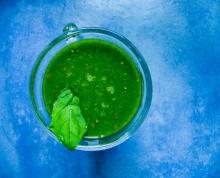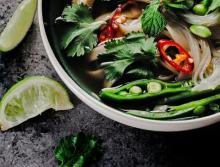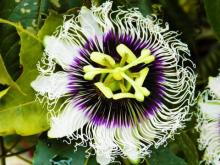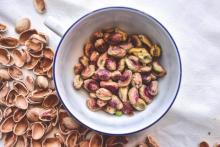Spring Detox Smoothie
When spring arrives, I can't help but think about cleaning up my eating habits. After all, spring detox is a thing (along with spring cleaning, which technically is a detox for your home). That's why I’m sharing with you a smoothie packed with nutrients your body will love. Drink it in the morning and you'll give your body a much-needed boost of energy to get you through the day.










